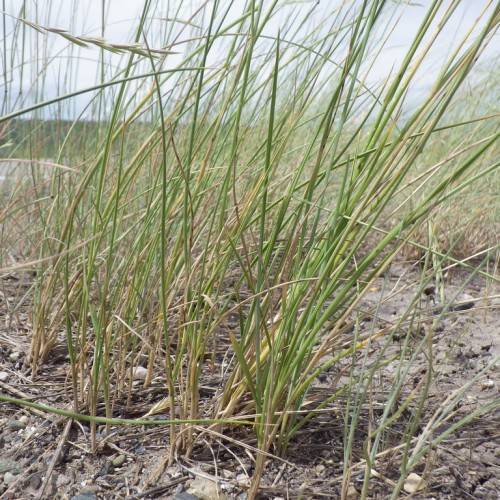
Mediterranean Brome
Bromus lanceolatus
Watering:
Frequent
Hardiness Zone:
Flowers:
Flowers
Sun:
full sun,part shade
Fruits:
Fruits Ready In Fall
Leaf:
Yes
Growth Rate:
High
Drought Tolerant:
Yes
Salt Tolerant:
Yes
Invasive:
Yes
Care Level:
Medium
watering
Japanese Brome should be watered twice a week. When watering, it is important to ensure that the soil is kept moist, but not overly wet. Water the plant deeply, using enough water so that the entire root zone is well saturated. Allow the soil to dry out slightly before watering again. This plant does not tolerate soggy or overly wet soil, so it is important to monitor the soil moisture levels closely. Do not allow the soil to completely dry out for extended periods of time.
sunlight
Japanese Brome (Bromus japonicus) is a plant species that prefers full sun exposure and can grow well in a range of soil types. It requires at least 5 to 6 hours of direct sunlight per day for optimal growth, so during the summer months when the days are longer, it can tolerate more sunlight. During the winter months, however, it is best to provide the plant with filtered sunlight or partial shade to avoid potential burn damage from the sun’s intense rays. It is also important to keep in mind that too much direct sunlight can also stunt the growth of Japanese Brome, so it is important to find the balance between sufficient light and avoiding potential burn damage.
pruning
Japanese Brome should be pruned in early spring, just before new growth begins. Prune off the old and damaged foliage that is brown or yellow in colour, cutting it down to the base of each stem. Pruning should only be done moderately - removing up to 1-third of the overall growth. This will help to encourage healthy new growth and will help to preserve the shape of the plant. If pruning is done too harshly, it may damage the plant's root system, leading to weakened growth and flowering.
